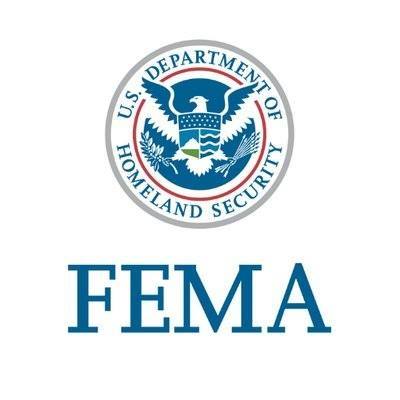
VIDEO: Kennedy Vocal on Senate Floor: How Biden’s Inflation is Hurting Louisianians
February 3, 2022
Crawfish Aquatics Partnership with NSU Ends
February 3, 2022FEMA has spent decades studying disasters to learn how to lessen their harm to individuals and communities. Here’s how you can benefit from FEMA’s expertise and assistance.
If you’ve lived or worked in a disaster-affected community, you may have wondered why some houses have been destroyed while others are still standing. The answer may have something to do with the age of the building, how it was built and with what materials. FEMA has studied the aftermath of many disasters to develop better, stronger methods of rebuilding.
FEMA’s business is to ask, and answer questions about the why and how a building can be more resilient to disasters. The agency’s mitigation professionals are dedicated to the research and promotion of construction methods that are specifically designed to help you rebuild stronger, safer, and more resistant to all types of natural disasters. FEMA’s Building Science Branch recruits industry experts, engineers, forensic investigators and disaster support partners that participate with the deployed FEMA Mitigation Assessment Team and industry partners to sift through the scenes of disasters to discover what worked, what didn’t, and what could be made even more resistant and resilient. These teams produce mitigation assessment reports. The mitigation guidelines can be applied at the national, state, local, and individual levels, by professional contractors or do-it-yourself homeowners.
How FEMA Can Assist You with Mitigation
Mitigation means acting now to reduce future risk. Mitigation potentially reduces property damage from disasters and allows you to return home more quickly–to a home that’s more likely to still be standing. For example, if your home is vulnerable to flooding, you might consider elevating it. Families in California mitigate their fire risk by clearing dead brush from around their homes, while those on the Gulf coast have learned to install hurricane shutters over windows and reinforce their double entry doors with side bolts and extended hinge attachments.
While it may involve a larger initial investment, mitigation pays off in the long run. The National Institute of Building Science Report indicates every dollar you spend on mitigation in new code construction saves $11 in disaster repair and recovery costs. The report indicates this benefit is increasing every year. The better you rebuild from one disaster, the more prepared you are for the next.
FEMA’s mitigation specialists are ready to help guide you through the complexities of planning and preparing your more resilient future or rebuilding stronger from a current disaster. FEMA’s mitigation specialists can:
- Provide guidance about protecting against wind and flood damage, including low-cost retrofits that can be implemented during repairs.
- Explain the value, coverages, and benefits of flood insurance for owners and renters.
- Provide tips on choosing contractors and elevating your home, appliances and utilities after a disaster.
You can call 833-FEMA-4-US or 833-336-2487 to speak to a mitigation specialist or email a specialist at LAMit@fema.dhs.gov. Visit a mitigation web link to find repairing, retrofitting, and rebuilding information at https://fema.connectsolutions.com/lamit, https://fema.connectsolutions.com/la-es-mit for Spanish, or https://fema.connectsolutions.com/la-vie-mit for Vietnamese.
Free Additional Mitigation Resources
After the destructive winds of Hurricane Laura battered Louisiana, the Building Science branch collaborated with FEMA’s Community Education and Outreach branch to produce an updated set of guidelines for strengthening roofs, roof decks, and shingles. FEMA’s research has even helped affirm the life-saving value of up-to-date building codes and kept tabs on parish code compliance. If you have a newer home, you might already be benefiting from FEMA’s longstanding investment in mitigation research.
Want even more detailed technical guidance on what you can do to mitigate your disaster risks? Visit the Building Science online library. In the library you can access documents like:
- Mitigation Tips for Homeowners
- FEMA Building Science Resources to Assist with Reconstruction after a Hurricane
- FEMA P-499: Home Builder’s Guide to Coastal Construction
- FEMA P-312: Homeowner’s Guide to Retrofitting
For the latest information on Hurricane Ida visit fema.gov/disaster/4611. Follow us on Twitter at twitter.com/FEMARegion6 and like us on Facebook at facebook.com/FEMARegion6/.






